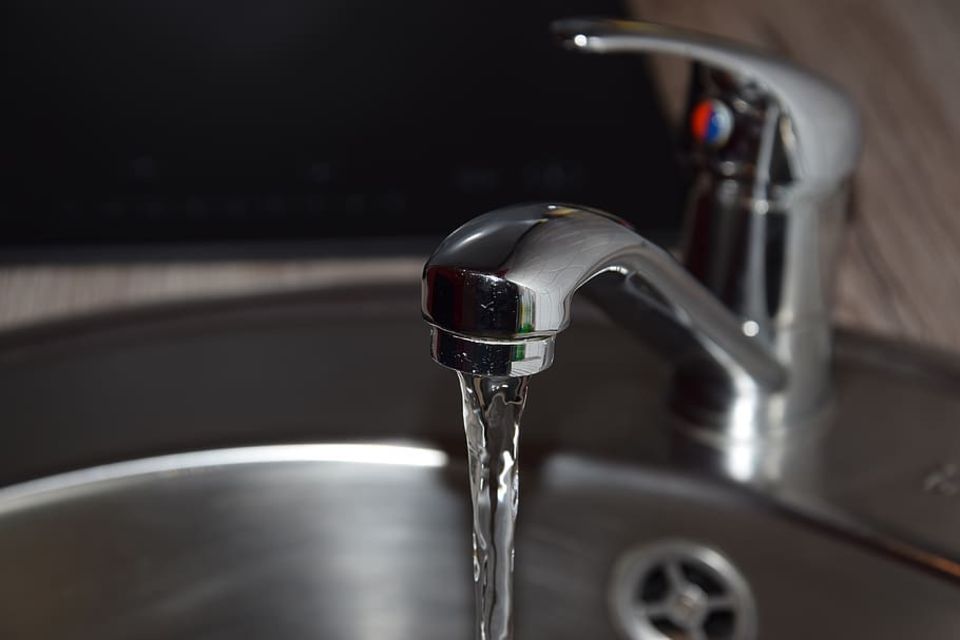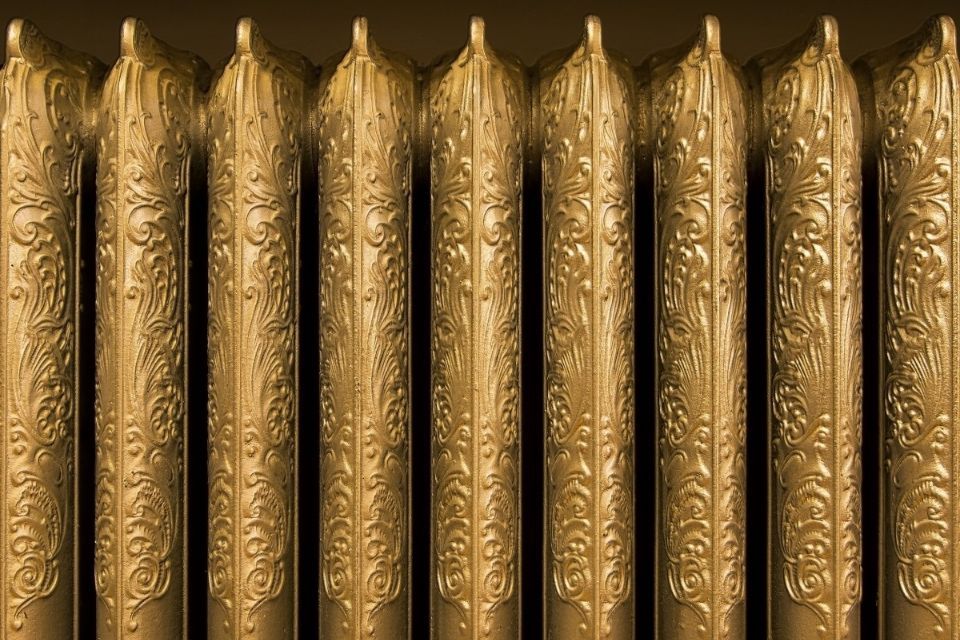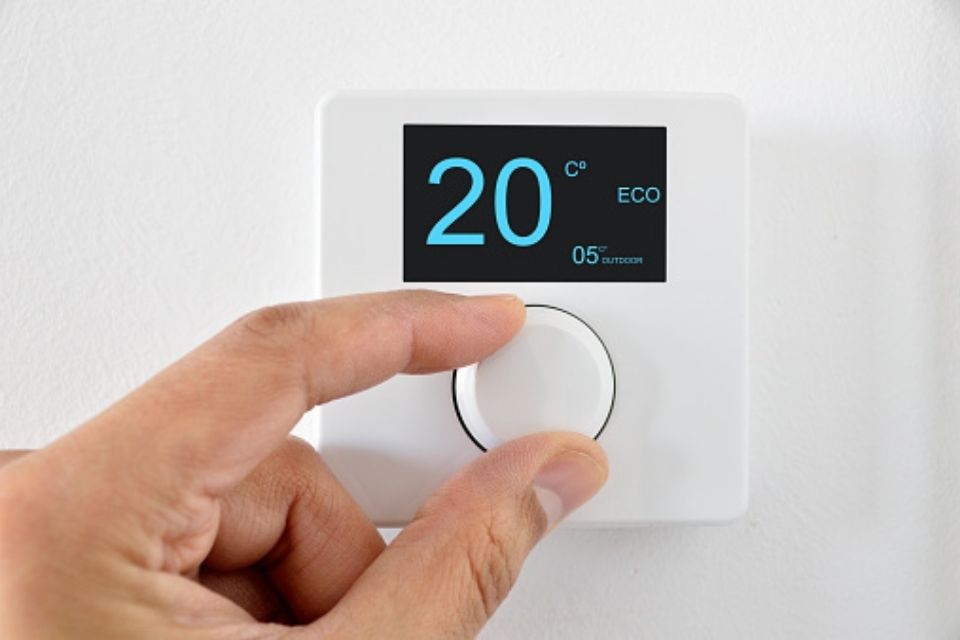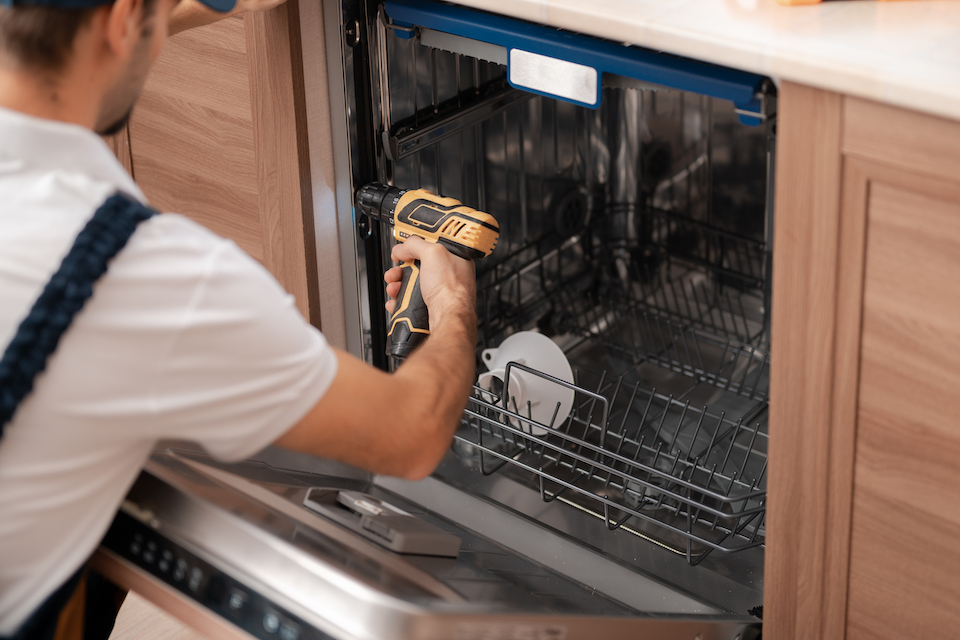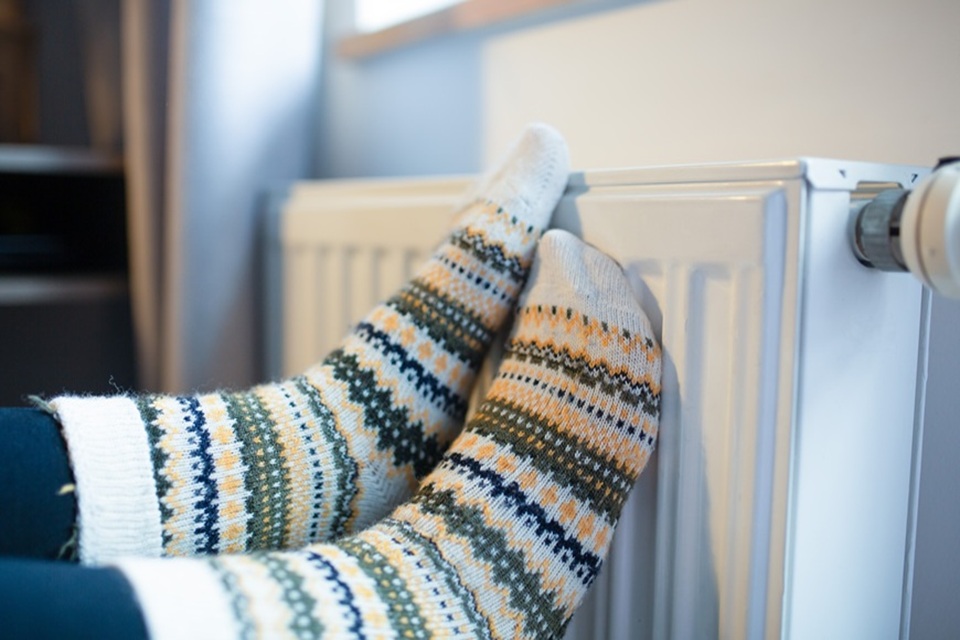Why isn’t My Sink Draining?
A blocked or slow draining sink is probably the most common issue you’ll come up against in your home or office. Whether it’s in your bathroom or kitchen, there is a multitude of reasons why your sink may not be draining. Let’s take a look at them in more detail:

Food Waste
One of the biggest causes of blocked or slow-draining sinks, is food waste. Simply cleaning dishes after a meal will add to the problem and some foods, in particular, are notorious for causing plumbing issues.
Butters and fat congeal together and hug the inside of the pipes, accumulating over time and solidifying once cool. Pasta and rice get stuck in the pipes and begin to absorb more water, causing them to swell and become unmoveable by the flowing water. Other items like coffee grounds, vegetable, and fruit peels are common offenders also.
Soap Build-Up
Similar to the last point surrounding fats, soap build-up, works similarly. Layers slowly build up over time on the pipes, making them increasingly narrower and causing significant drainage issues after a length of time.
Of course, it’s wholly unavoidable to have soap flowing through your drains, but you can take measures to correctly clean them out, which will be explained further on in this guide.

Foreign Objects
Pretty much all objects are unsuitable to be flushed down a sink drain, yet some pretty standard items often are. Cotton wool, tissue and small pieces of plastics are usually drained away accidentally by the user, but these cause significant issues in the plumbing system.
Hair
The most notorious of drain obstructers is hair. Whether it’s from shaving, showering or clipping, hair quickly becomes matted and tangled in the components of your drain, becoming a real hassle to remove and causing laborious water drainages.
There are steps you can take to stop hair reaching your drain at all, but we’ll explore that later on in the guide.

How to Fix a Slow Draining Sink

A slow draining sink is often spotted far before any attempt to fix it is made. We’ve all been guilty of spotting that slow draining water and making a mental note to fix it ‘tomorrow’ but eventually, it becomes all too apparent that the time for action is now.
So, what options do you have for fixing a slow draining sink? Take a look at the techniques below:
Hot Water, Baking Soda and White Vinegar Method
This method is perfect for those sinks clogged by food, soap or any other gunk that can be washed away.
It’s not suitable for drains clogged with hair or foreign objects. The clue may be in the name, but for this method, you’ll need boiling water, ½ cup of baking soda and ½ cup of white vinegar, and simply follow the steps below:
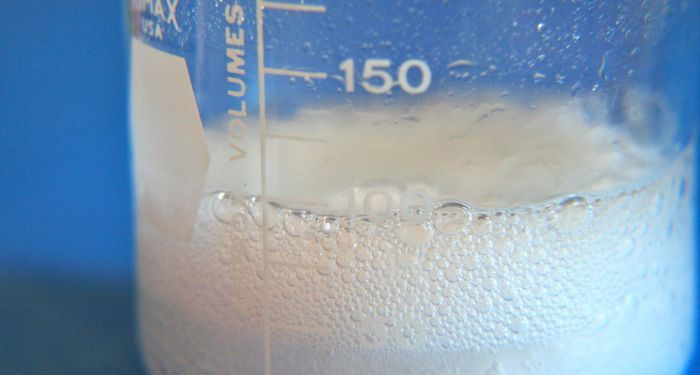
- Boil the kettle and dry your sink with a rag.
- Take ½ cup of baking soda and empty it into your drain. If there is anything stopping it like a drain stopper or unremovable plug, use a cotton earbud to push the baking soda into the drain. Don’t worry if you don’t manage to get all of it in.
- Measure ½ cup of white vinegar and dump that into the drain too. You should see the fizzing begin which is exactly what will disturb and breakdown the offending blockage.
- After 3 minutes, pour a full kettle of boiling water down the drain slowly to wash away the remaining blockage and to clean through the baking soda and white vinegar. If you feel it’s necessary, pour another full kettle of boiling water down the drain.
- Turn on the taps and see if the water drains away at a faster pace. It should work but if it doesn’t, try another method from the list!
Plunger Method
The plunger method is the most straightforward of any and requires little explanation; however, it’s important to know when the best time to use it is.
A plunger can be purchased for only a few pounds from any supermarket or DIY store and is usually a piece of rubber on a wooden stick. The rubber end creates a vacuum on the drain which is then pumped to dislodge any blockage.
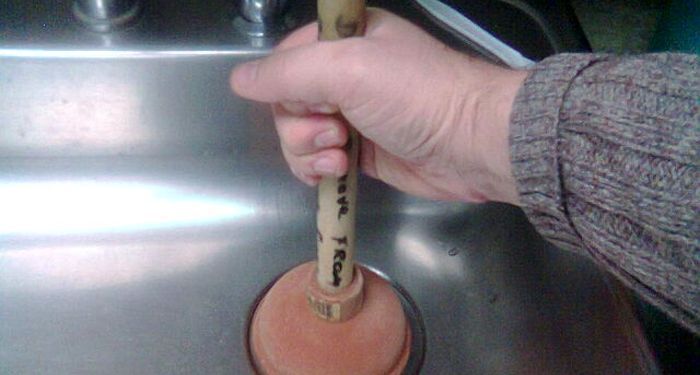
A plunger is unlikely to help a sink that is blocked by soap or fat build up but can be very effective for foreign objects and food. For even better suction, use a rag or some duct tape to block the overflow.
Coat Hanger or Unblock Tool Method
This is probably the best and quickest way to remove hair and debris from your drains. You can use either a wire coat hanger or buy an inexpensive unblocking tool that will simply be a long piece of plastic with hooks along with it.
If you’re using a coat hanger, straighten it out but bend a small hook at the end of it. Using either your coat hanger or unblock tool, insert it as down the drain as possible and begin to spin it one way only for 15-20 turns.
Then when you remove it, you should see it has collected the contents of the drain on the way out, therefore removing the blockage and leaving you with a fast-draining sink.
Sink Unblocking Solutions
There are many liquid sink blocking solutions available on the market; they are usually fairly cheap and easy to use. You’ll empty the contents into your sink or drain, leave for a few hours and then wash away with hot water until you have achieved fast drainage.
The results can be sometimes mixed depending on the quality of the solution, but a good product should work well without being toxic.
Should I Remove the Sink Waste Pipe?
A sink waste pipe is more commonly referred to as a ‘U-Bend’ due to its shape. The u-bend sits below your sink, often within a cupboard and is designed to prevent any backflow from the sewer or septic system beyond your drains, protecting you from unwanted gasses and greywater. However, due to this shape, it often is the home for any blockages that cause slow draining water.
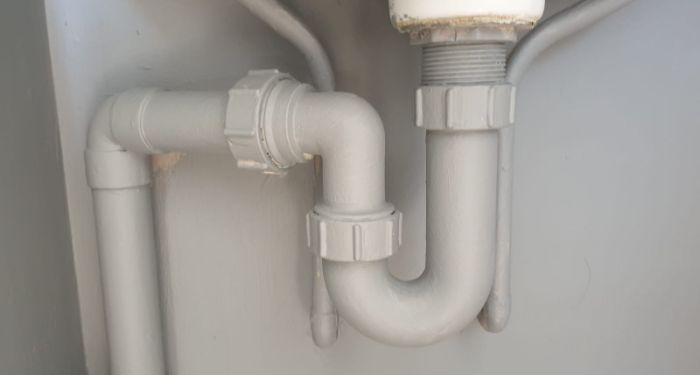
Now, you should always try the methods shown above to rectify a blockage before attempting DIY plumbing and if you don’t feel comfortable taking a u-bend apart, call a plumber.
If you’ve tried all other methods and had no progress, the next step would be to clear out the u-bend. We’ve compiled a step-by-step guide below for how to do it:
- Start by turning the water off at the master control within your property. It will be a metal handle and is often located close to the kitchen.
- Place a bucket under the u-bend to catch any water that may be sitting in the pipe.
- Twist the fastening holding the u-bend in place. You may need to use a wrench if these are tight. They are usually bolt shaped and can be loosened by hand.
- Remove the pipe and pour out any water that may have settled in the pipe into the bucket.
- Use a brush to clean out the u-bend, removing any blockages and ensuring it is completely clear.
- Reassemble the u-bend by replacing and tightening the same fastenings as before.
- Once tightly in place, turn on the tap and check for any leaks that may have been caused by the removal of the u-bend. If there are any leaks, just ensure the fastenings are tight and have been screwed back on correctly.
Removing and cleaning a u-bend is fairly straightforward and can be done fairly easily by almost anyone. However, as we mentioned before, if you’re uncomfortable completing this task, call in a professional plumber to check over your plumbing issues.
Can Bleach Unclog a Sink?
Many people assume that due to the powerful chemicals in household bleach, it is a good substance to use when unclogging a sink or drain. However, a lot of this isn’t true as bleach was designed to be used as a powerful cleaner and disinfectant and has very few properties that will successfully breakdown something clogging a drain or sink.
Additionally, using these types of harsh chemicals will damage and weaken the integrity of your plumbing system. Over time, chemicals and bleach will corrode and rust the components of your plumbing system and the gasses emitted from the chemicals will be of no benefit to other members of your household.
There are many other options that will correctly clear a blockage in your sink and drain that doesn’t rely on the use of harsh and damaging chemicals.
How to Prevent a Sink from Blocking
As always, the best solution is always a preventative one, so by implementing a few measures, you can stop anything from entering your drains that isn’t water.

- For coffee grounds and food, try keeping a large coffee container or similar by the sink to scrape into. This will keep it out of your drains and will be easy to dispose of once it’s full.
- You can buy a sink guard for only a few pounds. Sink-guards are often small pieces of plastic that rest over your drain, allowing water to pass through it while catching any pieces of debris in the water. You can then remove the guard and empty as often as you need to.
- Regularly running hot water only through your drain can keep your pipes clear as the hot water washes away any soap or scum beginning to accumulate.
- Use the baking soda and vinegar method as part of your regular cleaning routine is a cost effective, natural and great way to keep your plumbing system clean and unblocked.
What Can Happen If I Don’t Unblock My Sink?
In some cases, sinks and drains are left blocked for long periods of time. More often than not, these cases are found in office spaces and larger buildings, but some homes often avoid fixing the problem of blocked drains for too long, causing far bigger problems further down the road.
First and foremost, a blocked drain is a health hazard. The stagnant water is a hotbed for nasty bacteria and germs and having that type of water in residential spaces is really bad for its inhabitants. In addition to the build-up of bacteria, the water will begin to give off a foul smell that will in itself make residence in the home very unpleasant.
Another long-term problem caused by the blockage of a sink or drain is the potential for the pipes to be pushed beyond their capabilities, leading to burst pipes and potential flooding.
The constant pressure put on the pipes and fixings could prove detrimental to their stability, leaving behind a much messier and costly problem to fix. As with most other things, the quicker you repair a problem, the cheaper and easier it will be.
Plumber Costs
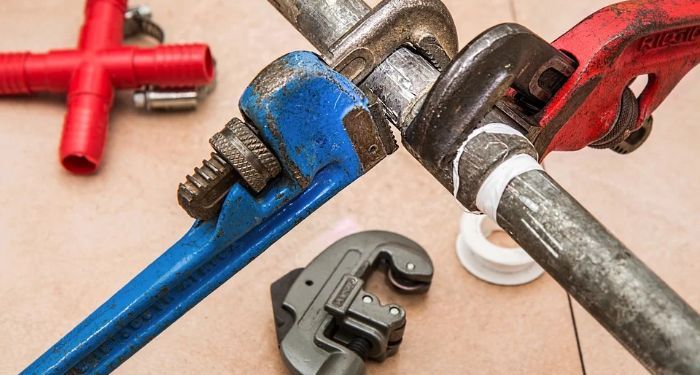
The cost of a local plumber can vary depending on a few factors, mainly, the location you live in, the time and materials needed and how fast you need a plumber to attend your house. Most plumbers will charge anywhere between £20 and £40 per hour, with easy jobs like leaky and blocked pipes completed much quicker than complex jobs.
The average price to fix a blocked drain will range from £50 for a simple fix, to £100-£200 for blockages that occur deeper into the plumbing system that may take longer to locate and fix.
If you need to call a plumber out to your home for an emergency at unsociable hours, more often than not, there will make an additional emergency call out charge. These charges range from £50-£100 depending on the time and location of the call out.
FAQs
Q: What is ‘One Shot’ drain cleaner?

A: One Shot is one of the best drain cleaners available on the market in the UK. It’s a professional solution that is poured down a blocked drain to break down the blockage and help water run free again. You can also use One Shot as a preventative solution to avoid any costly plumbing bills.
Q: What is the best drain unblocker?
A: Products like One Shot are great from breaking down blockages from fats, soap and debris, as is the hot water, baking soda and vinegar method. For hair, an unblocking tool will work wonders without having to pour anything else down the drain.
Q: Are there any other products designed for hair removal from drains?
A: Some companies produce snake-like tools that you insert into the drains, then twist a handle that entangles the tool with the hair, which is then removed with the blockage. It’s very similar to the cheap unblocking tool and coat hanger trick, but a little more expensive and advanced.
Q: When should I call a plumber out to look at a blockage?
A: You should contact a plumber if you’re not confident carrying out DIY fixes yourself, if your attempts haven’t worked or if you believe the blockage is deeper into your plumbing system. Also, in emergency scenarios, it’s best not to take a chance and instead call a professional in to help.
Q: Are there any health and safety precautions to take when unblocking drains?
A: Whenever you’re attempting to unblock your drains, the water can be a little nasty. So, use rubber gloves and if you have them available, a mask and goggles. Accidents are unlikely, but you can never be too careful!
Sources
- https://www.dummies.com/home-garden/plumbing/clogs/how-to-prevent-clogs-in-your-drains/
- https://greengobbler.com/blogs/all/why-you-shouldn-t-use-bleach-to-unclog-drains
- https://www.thespruce.com/fix-a-slow-draining-sink-2718798
- https://www.apartmenttherapy.com/how-to-fix-a-slow-draining-sin-2-62975
- https://www.busterplugholes.co.uk/4-foods-that-block-up-your-sink-plugholes/
- https://www.fluidh2o.com.au/blocked-drain/clogged-sink

